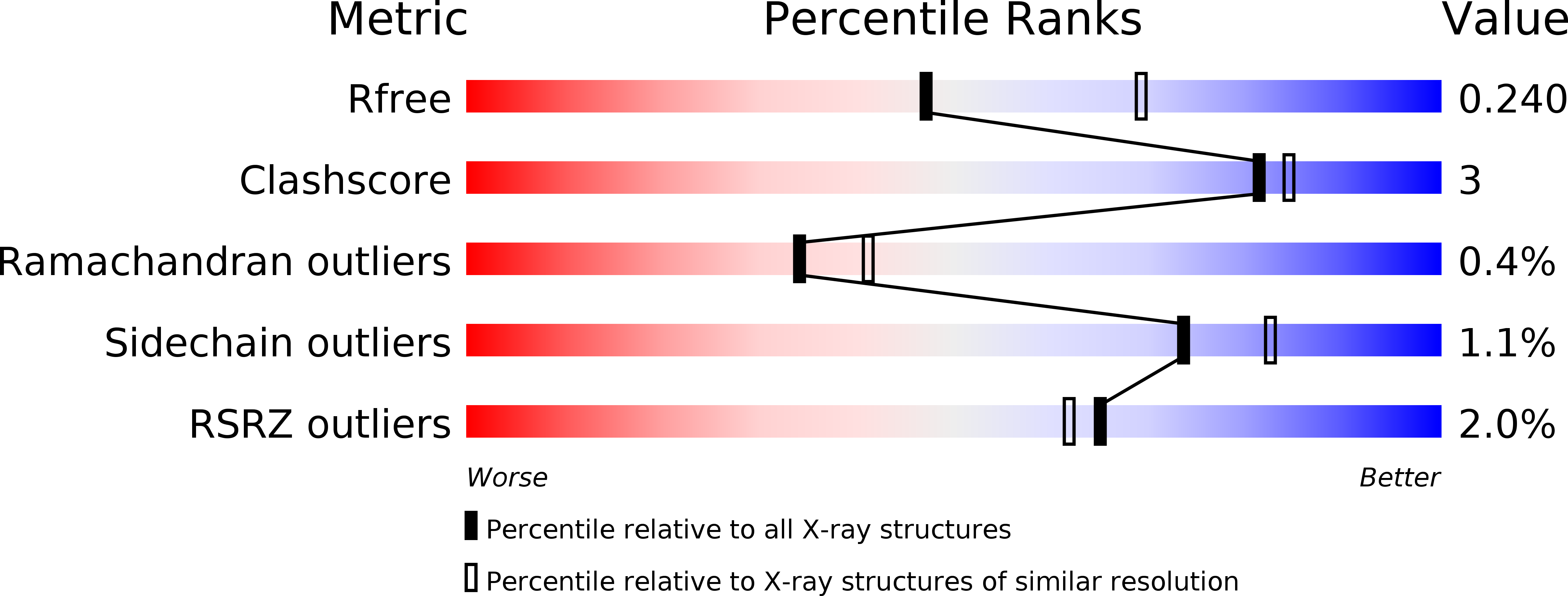
Deposition Date
2018-03-07
Release Date
2018-04-11
Last Version Date
2023-10-04
Entry Detail
PDB ID:
6CN7
Keywords:
Title:
The structure of aerobactin synthetase IucC from a hypervirulent pathotype of Klebsiella pneumoniae
Biological Source:
Source Organism:
Klebsiella pneumoniae (Taxon ID: 573)
Host Organism:
Method Details:
Experimental Method:
Resolution:
2.45 Å
R-Value Free:
0.24
R-Value Work:
0.21
R-Value Observed:
0.21
Space Group:
P 1 21 1


